Domain and range ln(x) Natural Language;To ask Unlimited Maths doubts download Doubtnut from https//googl/9WZjCW Find domain and range of `f(x)=x/(1x^2)`3) If x and y are in X, then f(x) = f

Domain Of A Function Wikipedia
F(x)=e^(x+2)-3 domain and range
F(x)=e^(x+2)-3 domain and range-When the given function is of the form f(x) = 1/(x – 1), the domain will be the set of all real numbers except 1 In some cases, the interval be specified along with the function such as f(x) = 3x 4, 2 < x < 12 Here, x can take the values between 2 and 12 as input (ie domain) Domain restrictions refer to the values for which the given function cannot be defined Range The set of allTo identify a domain for a function f(x,y) f ( x, y) , we want to find the region in the xy x y plane that produces real f(x,y) f ( x, y) values The important thing to keep in mind that the
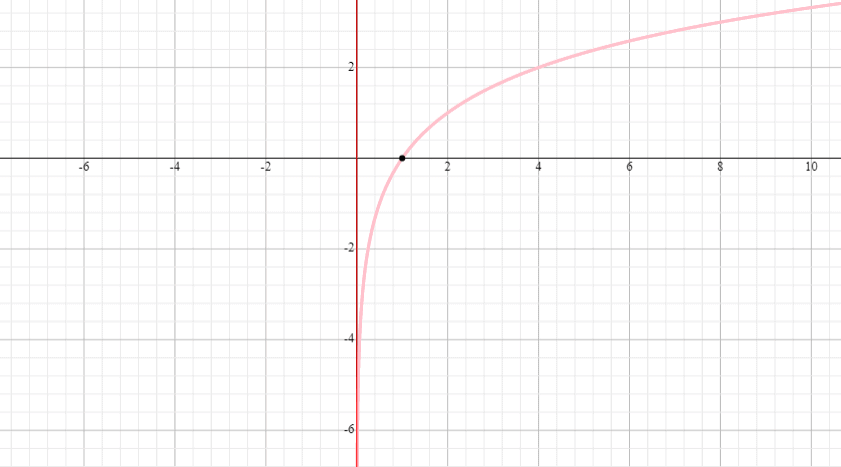



Graphs Of Logarithmic Function Explanation Examples
Domain and range » Tips for entering queries Enter your queries using plain English To avoid ambiguous queries, make sure to use parentheses where necessary Here are some examples illustrating how to ask for the domain and range domain of log(x) (x^21)/(x^21) domain;Arrow_forward Question View transcribed image text fullscreen Expand check_circle Expert Answer Want to see the stepbystep answer?The graph below represents the values of domain and range of the function f (x) = 3x 5 Since for no value of x, the function f(x) is not defined, hence the domain and range of f is R This graph shows that the domain and range of the function are set for all real numbers Thus, the domain and the range of the function f (x) = 3x 5 is ( ∞, ∞) Explore math program Explore coding
Find the Domain and Range f(x)=x The domain of the expression is all real numbers except where the expression is undefined In this case, there is no real number that makes the expression undefined Interval Notation SetBuilder Notation The absolute value expression has a V shape The range of a positive absolute value expression starts at its vertex and extends to infinityLogarithms of negative numbers and of math0/math are not defined Hence, mathx/math can take only positive values in the function math\log x/math Also, mathx/math can take any positive real number math\Rightarrow \qquad/mathFor f(x) = x 2, the domain in interval notation is D (∞, ∞) D indicates that you are talking about the domain, and (∞, ∞), read as negative infinity to positive infinity, is another way of saying that the domain is "all real numbers" The range of f(x) = x 2 in interval notation is R 0, ∞) R indicates that you are talking about the range Notice that a bracket is used for the
Now, let us discuss the function f(x)= tanFirst week only $499!What are the domain and range of {eq}f(x) = e^x {/eq}?




Let F Rtor F X X 3 For All X Inr Find Its Domain And Range Also Draw Its Graph




How To Find The Range Of A Function Video Khan Academy
x\in(\infty, \infty) & f(x)\in (0, \infty) For the given function f(x)=10^x LHL=RHL=f(x) ie f(x)=10^x is continuous everywhere hence its domain the set of real numbers ie x\in\mathbb R or x\in (\infty, \infty) Now, range of function is determined as \lim_{x\to \infty}f(x)=\lim_{x\to \infty}10^x=0 \lim_{x\to \infty}f(x)=\lim_{x\to \infty}10^x=\infty hence the range of function f(xGet answer Find the domain and range of the function f(x) = sin^(1)((1e^(x))^(1)) Getting Image Please Wait or Find the domain and range of the function f(x) = sin^(1)((1e^(x))^(1)) Apne doubts clear karein ab Whatsapp par bhi Try it now CLICK HERE 1x 15x 2x Loading DoubtNut Solution for you Watch 1000 concepts & tricky questions explained!See Answer Check out a sample Q&A here Want to see this answer and more
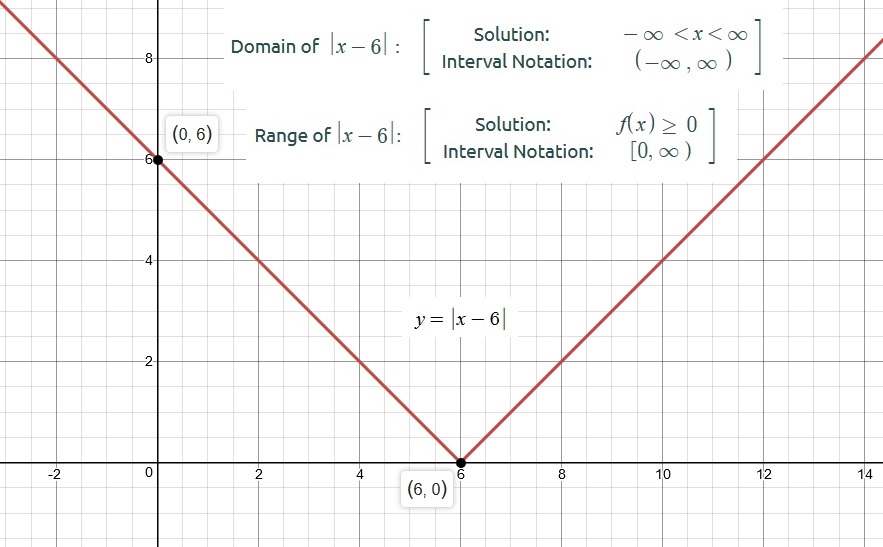



How Do You Find The Domain And Range Of Y X 6 Socratic
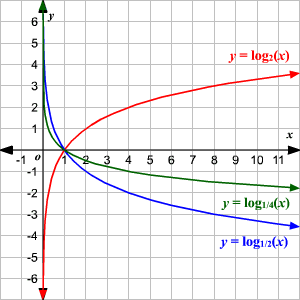



Domain And Range Of Exponential And Logarithmic Functions
Therefore, the range of f(x) is the union of the range of the two pieces, namely y > 1 (When x = 15, y = 1, so y = 1 is clearly in the range of f(x)) I ended up making a table of values in a spreadsheet to determine the range It seems that the fact that the function is fractional with an absolute value is throwing us offClick here👆to get an answer to your question ️ Find the domain and range of √(4x x^2) Join / Login > 11th > Applied Mathematics > Functions > Introduction of functions > Find the domain and range o maths Find the domain and range of 4 x − x 2 Medium Answer f (x) = 4 x − x 2 = a Domains4 x − x 2 ≤ 0 x (4 − x) ≤ x ϵ 0, 4 ⇒ x 2 − 4 x a 2 = 0 a > 0 xArrow_forward Question View transcribed image text fullscreen Expand check_circle Expert Answer Want to see the stepbystep answer?



Find Range Of Exponential Functions




Domain Of A Function Wikipedia
All these are real values Here value of domain (x) can be any real number Hence, Domain = R (All real numbers) We note that that Range f(x) is 0 or negative numbers, Hence, Range = (−∞, 0 Ex 23, 2 Find the domain and range of the following real function (ii) f(x) = √((9 −x^2)) It is given that the function is a real function Hence, both its domain and range should be real numbers x1 find the domain and range of f(x) 2 cos3x close Start your trial now!1bsuppose f(x)=e^x1 Find its domain and range, and then find inverse function and its domain and rangeThis is an exercise among a collection of selected



Solution Find The Inverse Of The Following Function Find The Domain Range And Asymptotes Of Each Function Graph Both Functions On The Same Coordinate Plane F X Ln 8 X Thanks



What Is The Range Of E X E X Quora
Figure 3 Domain and range of a function and its inverse When a function has no inverse function, it is possible to create a new function where that new function on a limited domain does have an inverse function For example, the inverse of f ( x) = x \displaystyle f\left (x\right)=\sqrt {x} f (xFind the Domain and Range f (x)=e^ (2x) f (x) = e2x f (x) = e 2 x The domain of the expression is all real numbers except where the expression is undefined In this case, there is no real number that makes the expression undefinedFirst week only $499!




Domain And Range Calculator Wolfram Alpha
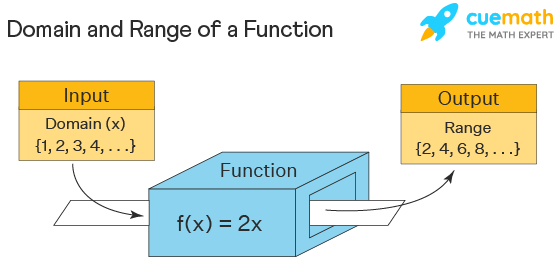



Domain And Range Examples Domain And Range Of Functions
Doman= R,Range= (−∞,2 Given f (x)= 2−∣x−5∣ Domain of f (x) is defined for all real values of x Since, ∣x−5∣ ≥0 −∣x−5∣ ≤0 2−∣x−5∣ ≤2 f (x) ≤2 Hence, range of f (x) is (−∞,2Arrow_forward Question View transcribed image text fullscreen Expand check_circle Expert Answer Want to see the stepbystep answer?Find the domain and the range of the function $\log_{\csc x1}(2\sin x\sin x^2)$,where $$ denotes the greatest integer function 2 Domain and Range Confusion




Graph E X And Find Its Domain And Range Study Com
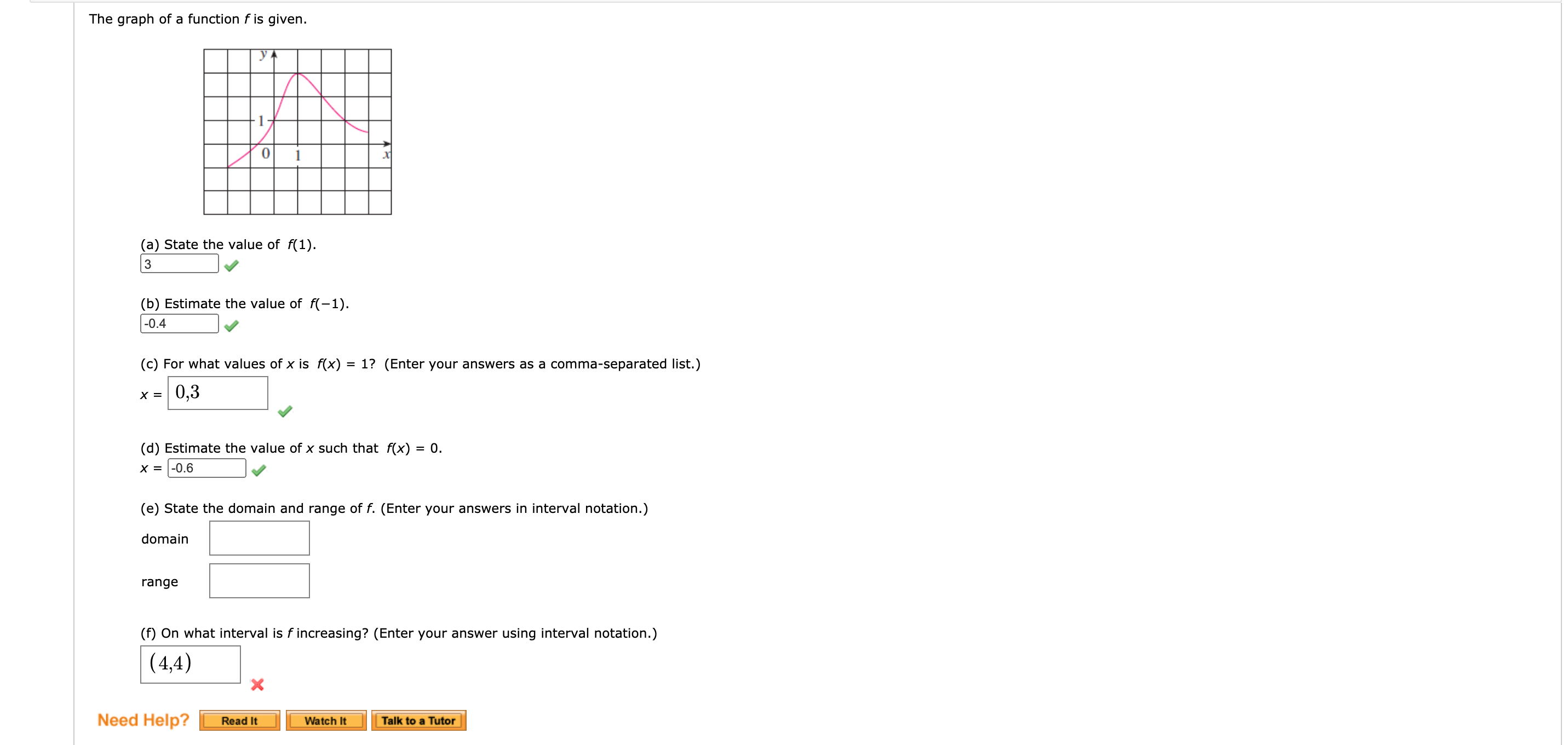



Answered E State The Domain And Range Of F Bartleby
Range of function f(x) y >0 because exponential function can never be zero g(x)=x3 Domain of g(x) all real numbers Range g(x) all real numbers (fg)(x)= f(g(x)) f(x3)= (fg)(x)= Put x=0 then we get (fg)(0)= Domain of (fg)(x) is the set of real numbers because it is define for every real number Exponential function can never be zeroCalculus Q&A Library Find the domain and range for f(x, y) = y² /x³ – y Find the domain and range for f(x, y) = y² /x³ – y close Start your trial now! Every exponential function has domain (oo, oo) and range (0, oo) For base greater than 1 the graph is graph{y=e^x 1297, 1552, 567, 857} For base, b with 0 < b < 1, the graph looks like graph{y=e^(x) 743, 1258, 5646, 4355} Algebra Science Anatomy & Physiology Astronomy Astrophysics Biology Chemistry Earth Science Environmental Science Organic
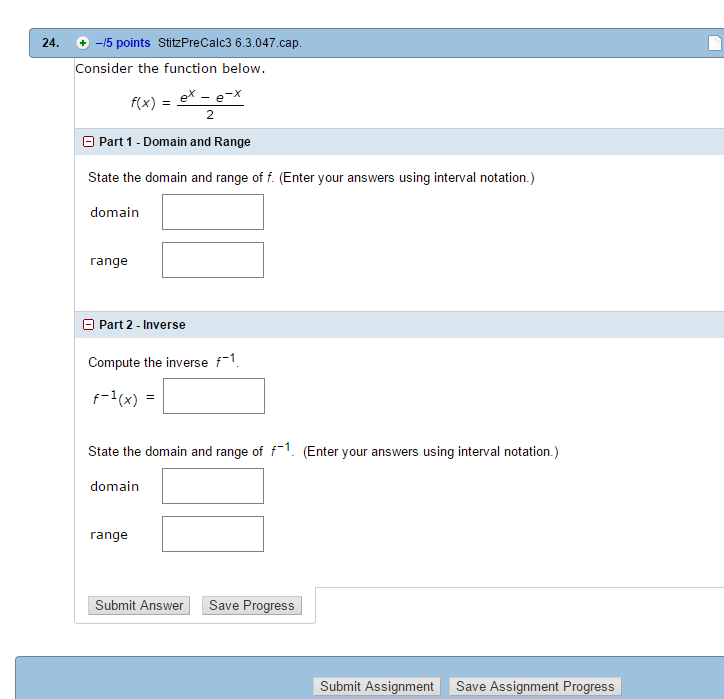



Solved Consider The Function Below F X E X E X 2 Chegg Com




Ex Restrict The Domain To Make A Function 1 To 1 Then Find The Inverse Youtube
Find the domain and range of f\x) 2 cos3x close Start your trial now!Find the domain and range of the function `f(x)=(1)/sqrt(x5)`For quadratics like this it is a good idea to complete the square f(x) = x2 2x 3 = (x 1)2 2 We see that f(x) has least value 2 when x= 1 and that it takes




Sketch The Graph Of F X E X Making Sure To Label All X And Y Intercepts Maximums Minimums And Inflections Points Study Com
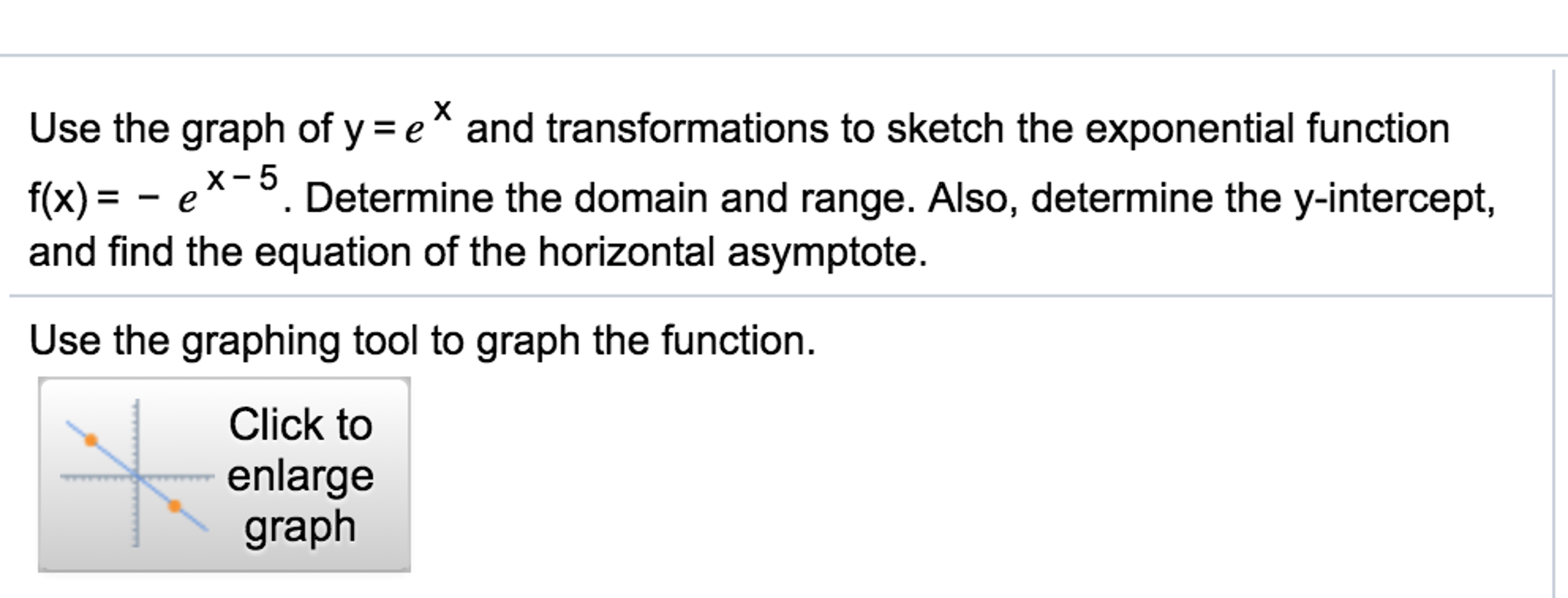



What Is The Domain Of F X Ex 5 What Is The Chegg Com
Solution for Find the domain and range of f(x) =V9 x Q In 02, a company had 80 retail storesBy 08, the company had grown to 180 retail stores If the A In 02, a company had 80 retail storesBy 08, the company had grown to 1 retail stores let t=nFind the Domain and Range f(x)=e^(x2) The domain of the expression is all real numbers except where the expression is undefined In this case, there is no real number that makes the expression undefined Interval Notation SetBuilder Notation The range is the set of all valid values Use the graph to find the range Interval Notation SetBuilder Notation Determine the domain and range2) If x and y are in X, then f(x) = y;




Chapter 6 Exponential And Logarithmic Functions And Applications Section Ppt Download
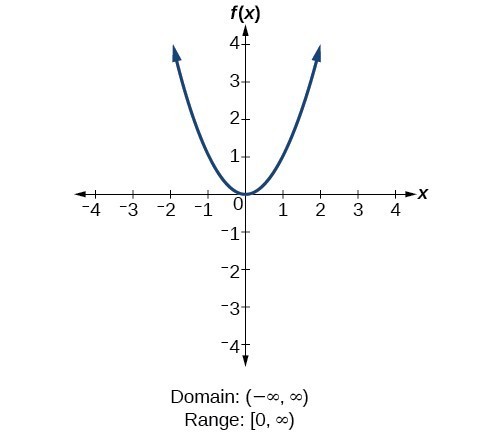



Determine Domain And Range From A Graph College Algebra
Extended Keyboard Examples Upload Random Compute answers using Wolfram's breakthrough technology & knowledgebase, relied on by millions of students & professionals For math, science, nutrition, history, geography, engineering, mathematics, linguistics, sports, finance, music WolframAlpha brings expertlevelIn mathematics, a function (or map) f from a set X to a set Y is a rule which assigns to each element x of X a unique element y of Y, the value of f at x, such that the following conditions are met 1) For every x in X there is exactly one y in Y, the value of f at x;The domain of a function of two variables f(x,y) is defined as the set of points (x,y) where the function is defined The range of the function is the set of values that the function can assume




1b Suppose Fx E X 1 Find Its Domain And Range And Then Find Inverse Function And Its Domain Youtube
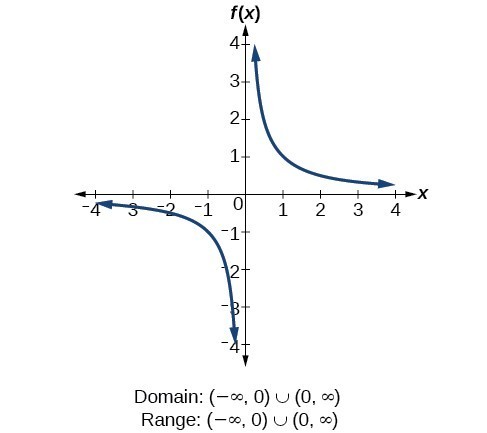



Determine Domain And Range From A Graph College Algebra
Experts are waiting 24/7 to provide stepbystep solutions in as fastAnswer to State the domain and range for each a) f(x) = 4x 1 b) g(x) = x^2 c) f(x) = \sin x d) g(x) = x^2 x 1Find the domain of 1/(e^(1/x)1) function domain square root of cos(x)




Graph F X X 2 7x 12 X 2 9 Youtube




Misc 5 Find Domain And Range Of F X X 1 Class 11
See Answer Check out a sample Q&A here Want to see this answer and more?Find the Domain and Range y=e^x y = ex y = e x The domain of the expression is all real numbers except where the expression is undefined In this case, there is no real number that makes the expression undefined Interval Notation (−∞,∞) ( ∞, ∞) Set Builder Notation {xx ∈ R} { x x ∈ ℝ } The range is the set of all The domain is RR, the range is (0;oo) The domain is the subset of RR for which all operations in the function's formula make sense Since e is a positive real constant, it can be raised to any real power, so the domain is not limited It is RR The range is the set of function's values Since a positive real constant is raised to a real power, the result is always positive, and is never




Inverse Functions



Solution F X E X 5 4 Find The Domain Of F Graph This Function From The Graph Determine The Horizontal Of F Find The Inverse Of F Find The Range Of F
1 See answer cw is waiting for your help Add your answer and earn pointsSolution for Find the domain and range of the function f(x)= 1xState the domain and range of f(x)=2^x Here is what I didThe domain of f(x)=2^x would be the x values This would include all values that you can input as x in order to make this problem work The domain of a function is usually all real numbers The range of f(x)=2^x would be the y values This would include all values that would be the output for the y value An example of this would




F X Sin 1 E X Sin 1 E X Where Greatest Integer Function Then



1
The domain of the basic exponential function, f(x) = e^x, is all real numbers Translating the function up 2 units doesn't change that so the domain of your function is also all real numbers The range of the basic exponential function is (0, infiFind the Domain and Range f(x)=e^(cos(x)) The domain of the expression is all real numbers except where the expression is undefined In this case, there is no real number that makes the expression undefined Interval Notation SetBuilder Notation Find the magnitude of the trig term by taking the absolute value of the coefficient The lower bound of the range for cosine is found byFor example, the range of the function f(x) = ex is given by f(x) > 0, because ex is always greater than zero As another example, if f(x) = sinx then the range is given by −1 ≤ f(x) ≤ 1 If we have a composed function gf then its range must lie within the range of the second function g Here is an example to show this Take f(x) = x− 8, g(x) = x2 wwwmathcentreacuk 4 c mathcentre
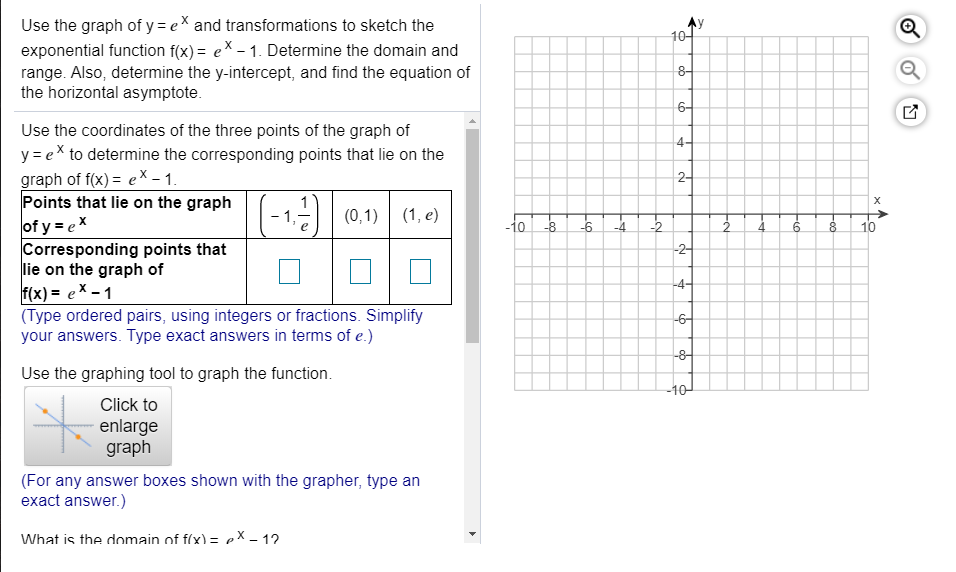



Use The Graph Of Y Ex And Transformations To Sketch Chegg Com




6 6 The Natural Base E Natural Base
The domain is 0;1 as is the range (e) f(x) = x2 2x 3 The domain is R as f(x) is de ned for all values of x We now examine the range ie what values do we get from x22x3 as xvaries over all the domain ie over all values? The domain of a function is the set of all values that can be plugged into a function and have the function defined Besides that, the function has a real number for a value Given the function f (x) = 3x 5 This function is a line function, that is, the simplest polynomial function The polynomial functions have any real number as their domainWhat does its graph look like?




How To Find A Domain And Range On A Graph Arxiusarquitectura



What Is The Domain And Range Of The Function F X X 2 1 Quora
See Answer Check out a sample Q&A here Want to see this answer and more?Arithmetic Mean Geometric Mean Quadratic Mean Median Mode Order Minimum Maximum Probability MidRange Range Standard Deviation Variance Lower Quartile Upper Quartile Interquartile Range Midhinge Standard Normal Distribution Physics Mechanics Chemistry Chemical Reactions Chemical Properties Finance Simple Interest Compound Interest PresentExperts are waiting 24/7 to provide stepbystep solutions in as fast




Domain And Range Examples Domain And Range Of Functions




Let F X E X And G X X 6 What Is The Domain And Range Of Gof X Brainly Com
Domain and Range In this question, there is an exponential function The domain of any function is the set of Domain and Range Function f(x) Posted Edgar New in Math Modelling PositionTime for Falling Bodies How to Model Free Falling Bodies with Fluid Resistance Free Falling Bodies Differential Equations Domain and Range Basics A function would have at least two sets, and it can either be the domain or range Earlier in the introduction, these areFirst week only $499!



Find Range Of Exponential Functions




Ex 2 2 6 Determine Domain And Range Of R X X 5
Cw cw Mathematics Middle School answered Let f(x)=e^x and g(x)=x6 what are the domain and range of (g*f)(x)?Find the domain and range of the function f (x) = 1 x 2 x 2 A R and R B R and 0, 1) C 2, 5 and 0, 1) D (2, 5) and (3, 5) Hard Answer Correct option is B R and 0, 1) f (x) = 1 x 2 x 2 domain is R let y = 1 x 2 x 2 ⇒ y x 2 y = x 2 x 2 (y − 1) y = 0 x 2 = 1 − y y ⇒ x = ± 1 − y y , y = 1 & y ≯ 1 so range is 0, 1) Answer verified by Toppr Upvote (0) WasHence, for the trigonometric functions f(x)= sin x and f(x)= cos x, the domain will consist of the entire set of real numbers, as they are defined for all the real numbers The range of f(x) = sin x and f(x)= cos x will lie from 1 to 1, including both 1 and 1, ie1 ≤ sin x ≤11 ≤ cos x ≤1;




Find The Domain And Range Of The Function F X Sin 1 1 E X 1



What Is The Domain And Range Of Log Sin X Quora
Find an answer to your question Let f(x)=e^x and g(x)=x6 what are the domain and range of (g*f)(x)?Given, f (x) = ∣ x − 1 ∣, f R → R and g (x) = e x, g (− 1, ∞) → R The function f o g ( x ) is defined, then its domain and range respectively are A
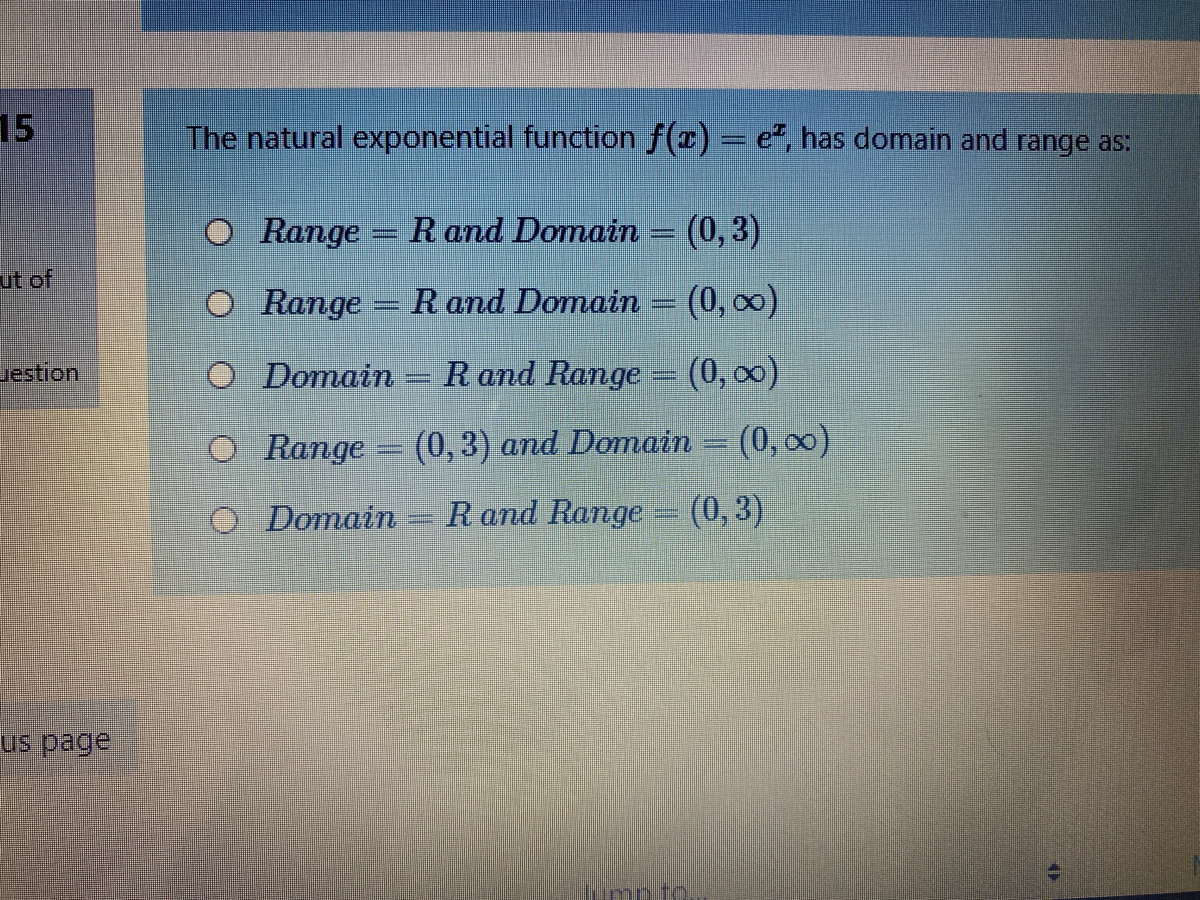



Answered The Natural Exponential Function F X Bartleby




Domain And Range Of Trigonometric Functions Videos Solved Examples
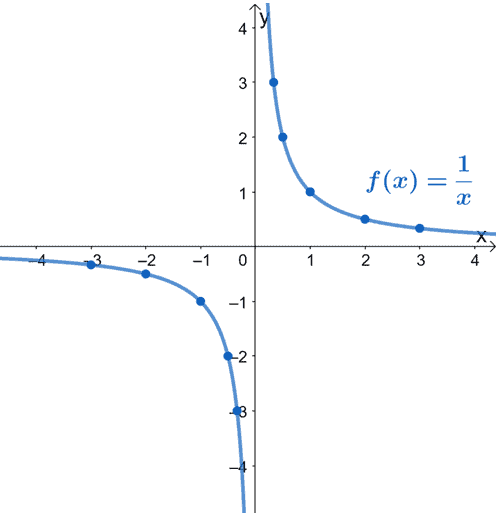



Reciprocal Function Properties Graph And Examples
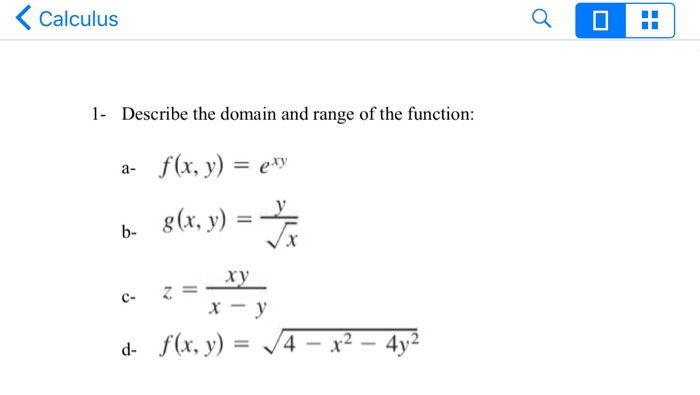



Describe The Domain And Range Of The Function F X Chegg Com



Solution How Do I Find The Domain And The Range For The Function F X Ex And Express Both In Interval Notation Note The X Following The E Should Be Written Like Expanded Notat
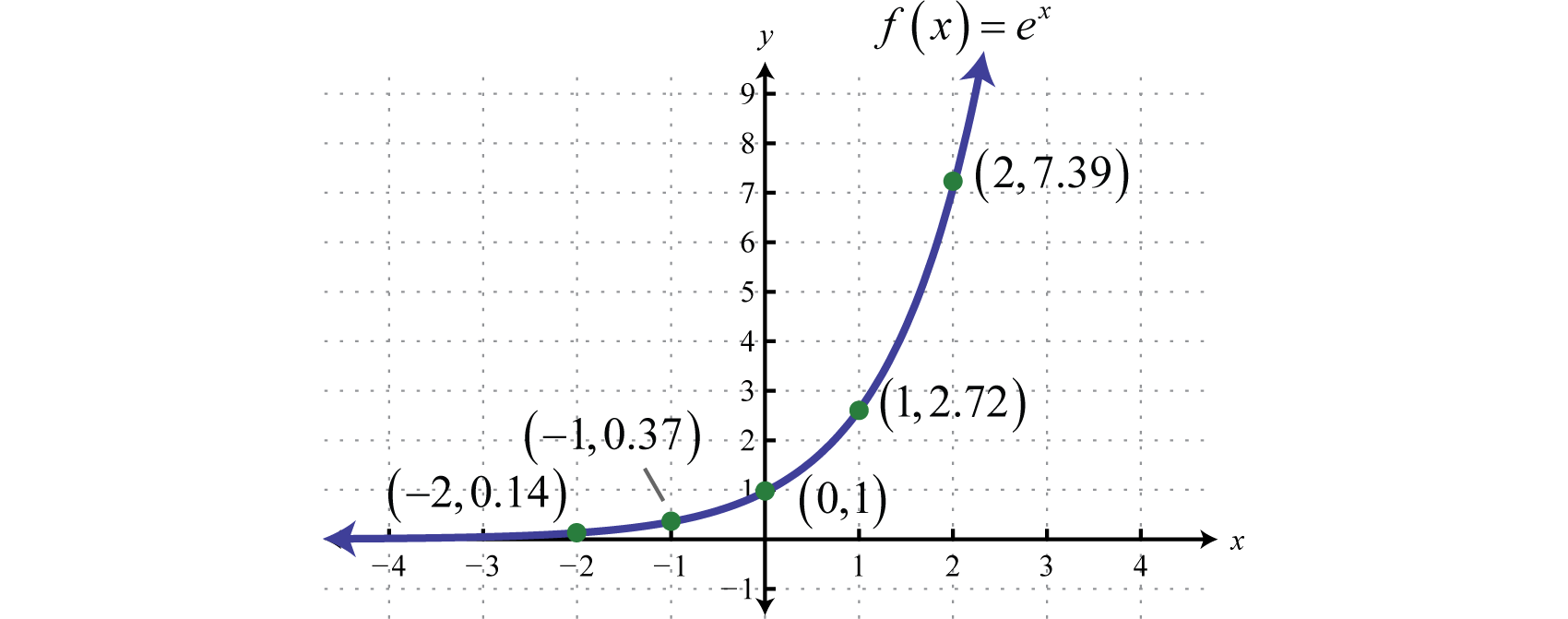



Exponential Functions And Their Graphs



1
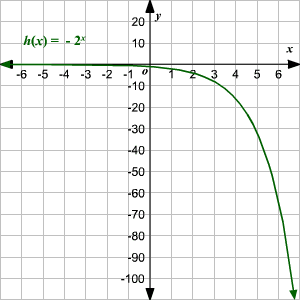



Domain And Range Of Exponential And Logarithmic Functions




Lecture 3 The Natural Exponential Function F X Exp X E X Y Exp X If And Only If X Ln Y Pdf Free Download
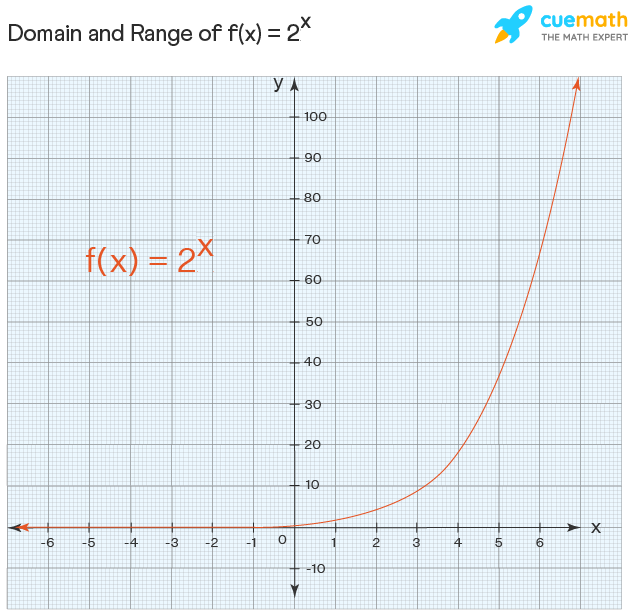



Domain And Range Examples Domain And Range Of Functions



What Is The Range Of E X E X Quora




3 1 Exponential Functions



Http Alevelmathsrevision Com Downloads Lesson notes Year 2 Pure Domain and range lesson notes Pdf



Www Math Uh Edu Jiwenhe Math1432 Lectures Lecture04 Handout Pdf



Introduction To Exponential Functions




Write Domain And Range Given An Equation College Algebra
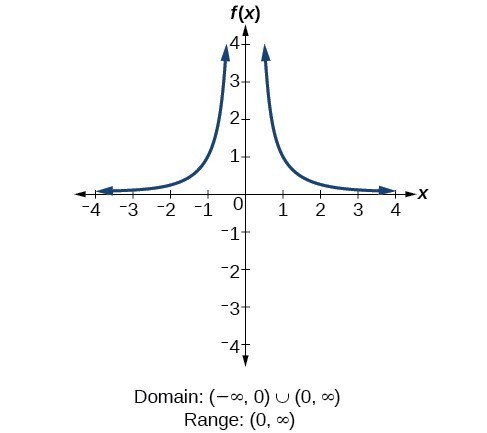



Determine Domain And Range From A Graph College Algebra




Domain And Range Of Surds Radical Transformed Functions Mhf4u Gcse Ibsl Apmath Precalculus Youtube




Chapter 6 Exponential And Logarithmic Functions And Applications Section Ppt Download



Domain Of A Function Wikipedia
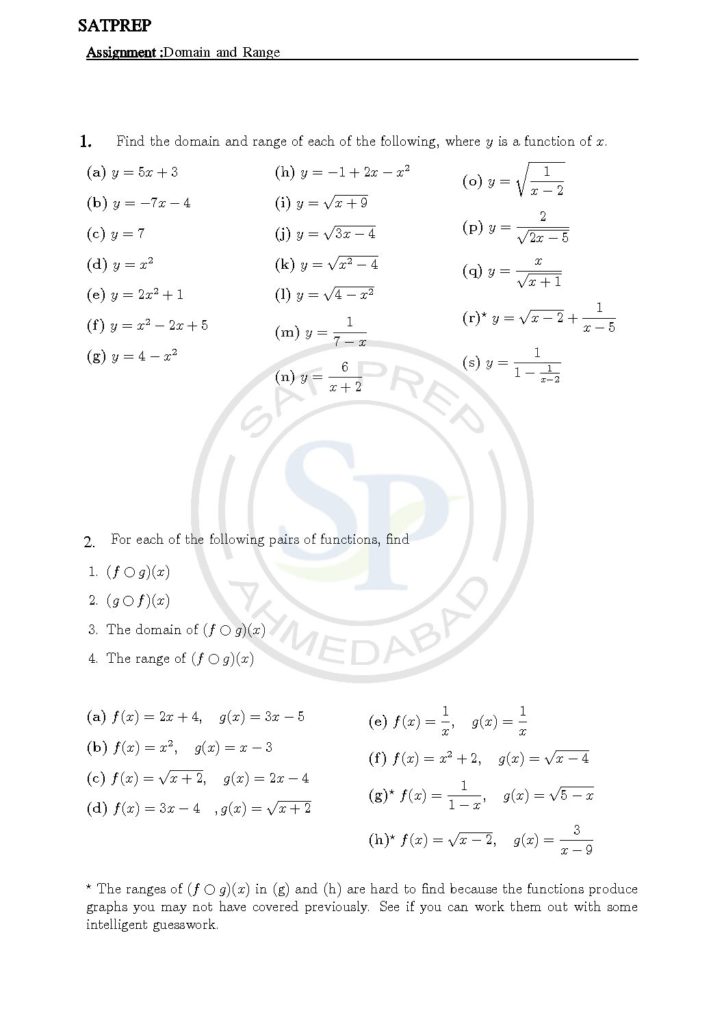



Domain And Range Function Are Identify By Graph Of Function



How To Find The Inverse Plus The Domain And Range For This Function F E 7x Quora
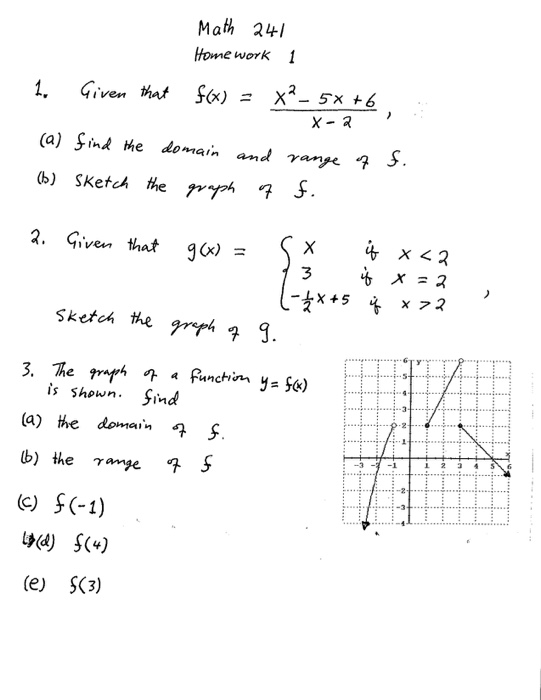



1 Given That F X X 2 5x 6 X 2 A Find The Domain Chegg Com




5 9 Points Find The Domain And Range Of The Chegg Com




Graphs Of Logarithmic Function Explanation Examples



Www Math Uh Edu Jiwenhe Math1432 Lectures Lecture04 Handout Pdf
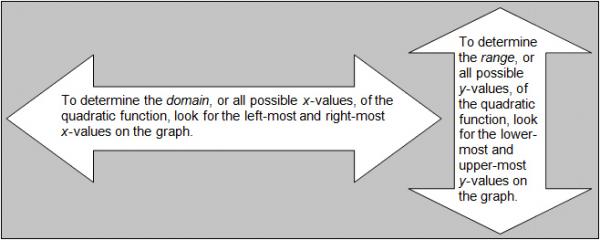



Determining The Domain And Range For Quadratic Functions Texas Gateway




6 Ways To Find The Domain Of A Function Wikihow
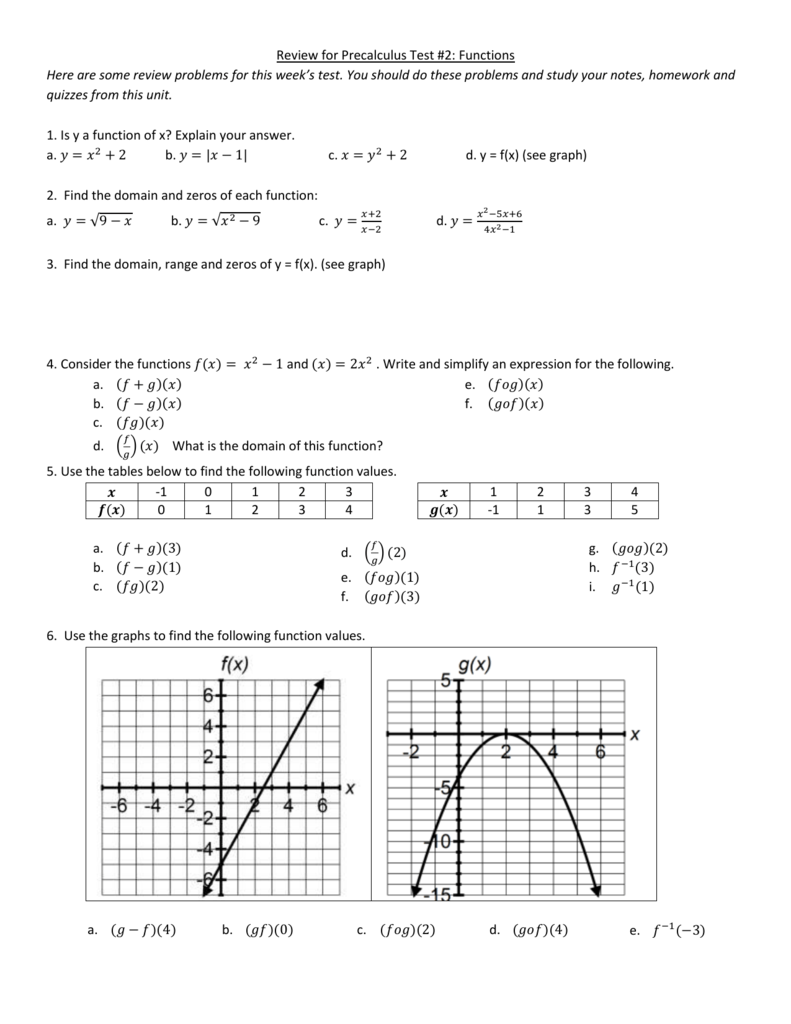



Review For Precalculus Test 2 Functions Here Are Some Review



Domain And Range Of A Function




4 Ways To Find The Range Of A Function Wikihow
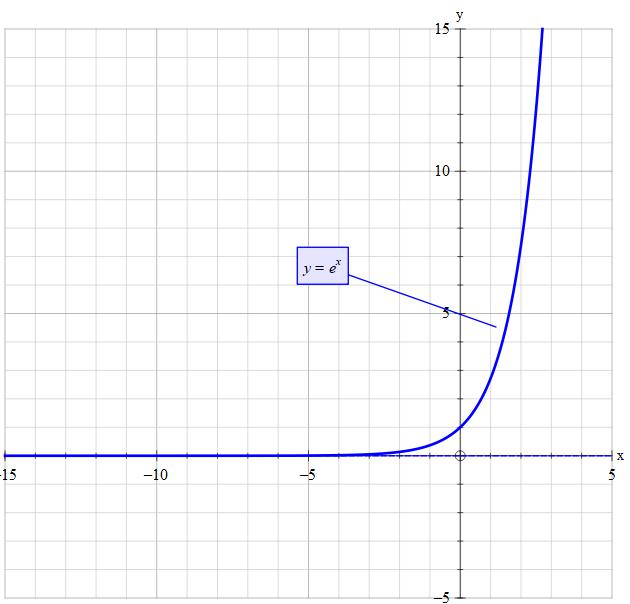



What Is The Domain And Range Of Y E X Socratic
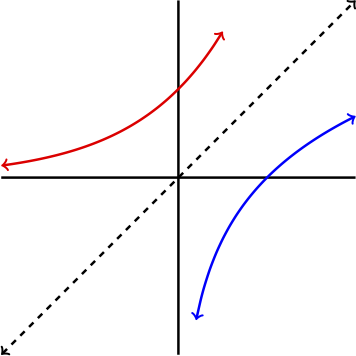



Mfg Applications Of The Logarithm
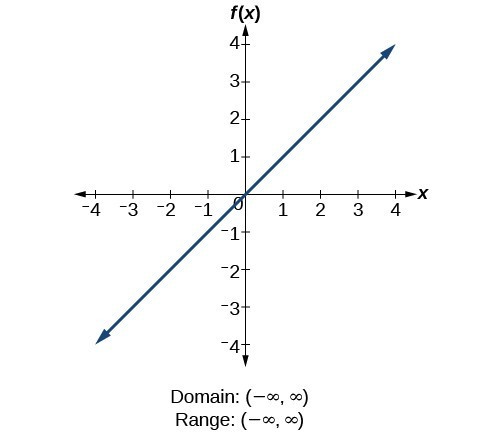



Determine Domain And Range From A Graph College Algebra
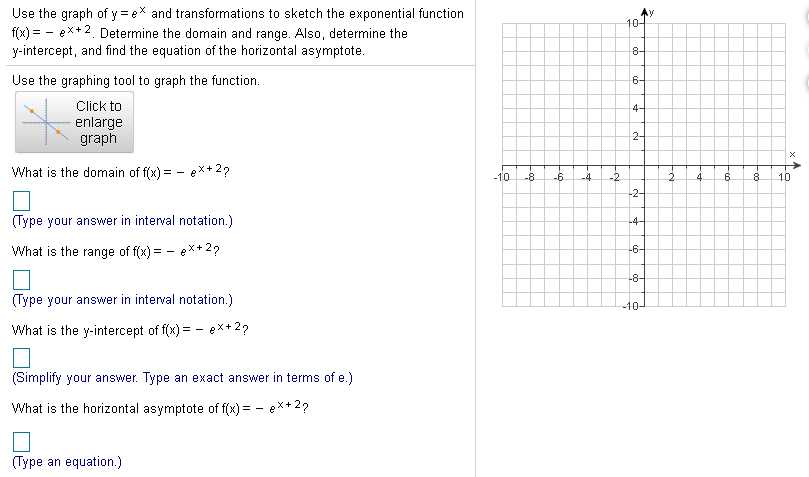



Use The Graph Of Y E And Transformations To Sketch Chegg Com
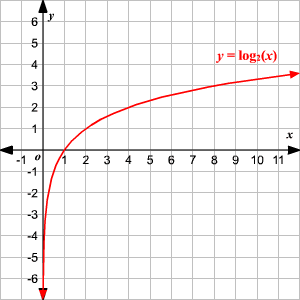



Domain And Range Of Exponential And Logarithmic Functions



Solution 4 Use Transformations To Graph The Following Function And Submit The Graph Also State A The Domain B The Range C The Horizontal Asymptote F X E X Please Help



What Is The Graph Of E X Quora
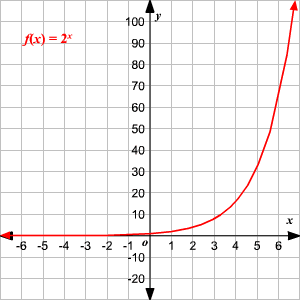



Domain And Range Of Exponential And Logarithmic Functions




6 Ways To Find The Domain Of A Function Wikihow
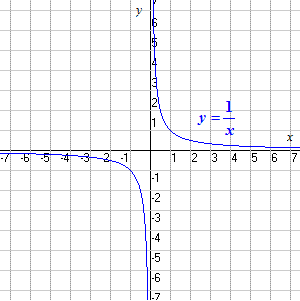



Domain And Range
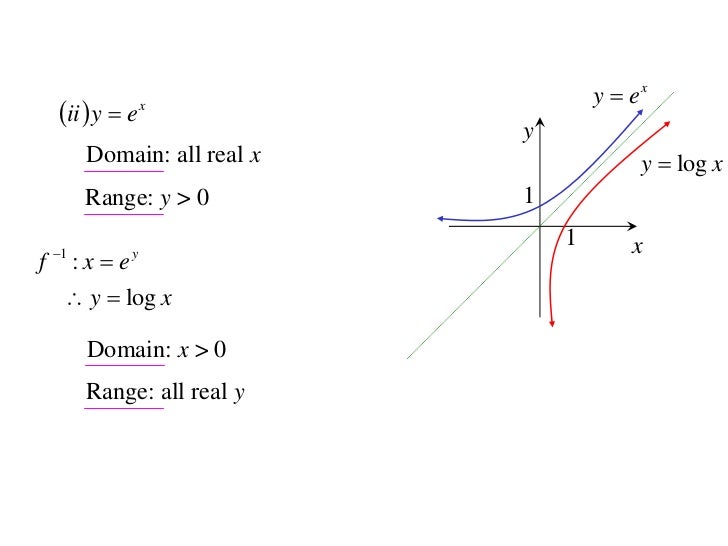



12x1 T05 01 Inverse Functions 10




1 6 3 Exponential Functions In This Section We Will Study The Following Topics Evaluating Exponential Functions With Base A Graphing Exponential Functions Ppt Download
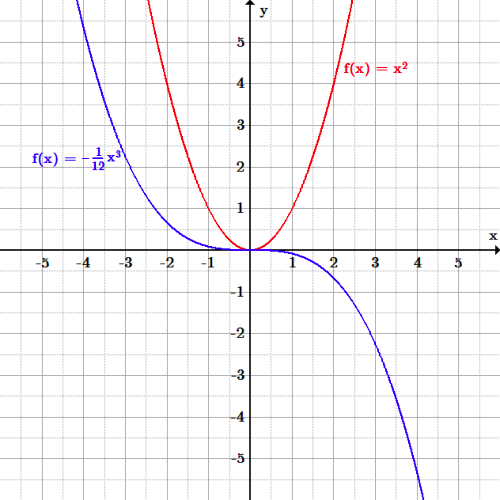



Domain And Range Boundless Algebra




Use The Graph Of Y E And Transformations To Sketch Chegg Com



1
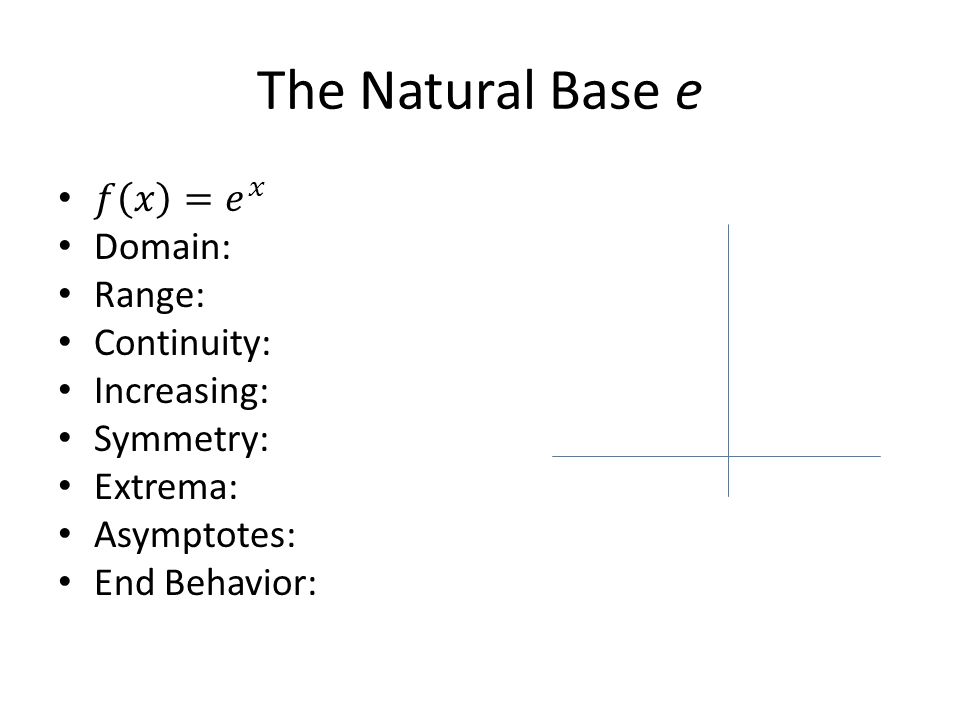



Pre Ap Pre Calculus Chapter 3 Section 1 Ppt Download




Find Domain And Range Of Sine Inverse 5x 1 Youtube




6 Ways To Find The Domain Of A Function Wikihow




What Is The Domain And Range Of Y E 1 X Quora




F X Ln X 4 Domain Range Graph And Its Inverse Youtube



Search Q Domain And Range Table Tbm Isch




F X X 1 F R R G X E X G 1 Oo R If The Function Fog X Is Defined Then It Domain And Range Respectively Are
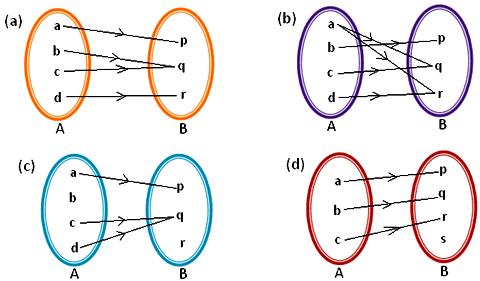



Domain Co Domain And Range Of Function Examples Of Functions Representation



Ln X Domain And Range Zonealarm Results
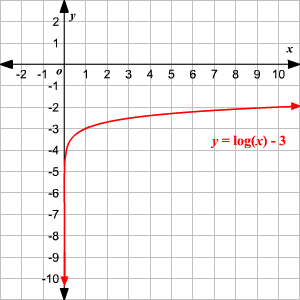



Domain And Range Of Exponential And Logarithmic Functions




Domain And Range Of Ln And E Functions Youtube



Exponential And Logarithmic Functions Logarithmic Functions Sparknotes




Domain Range And Codomain



Use Transformations To Graph The Following Function And Submit Graph To Dropbox State The Domain The Range And The Horizonal Asymptote F X E 5x Enotes Com
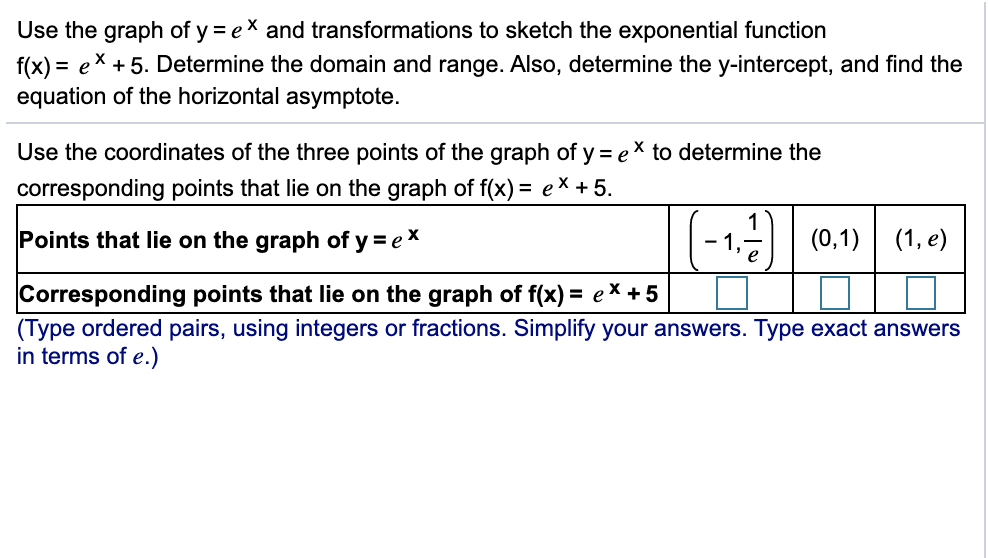



Use The Graph Of Y Ex And Transformations To Sketch Chegg Com




Ex 2 3 2 Find Domain And Range I F X X Chapter 2




How To Find Domain And Range From A Graph Video Khan Academy
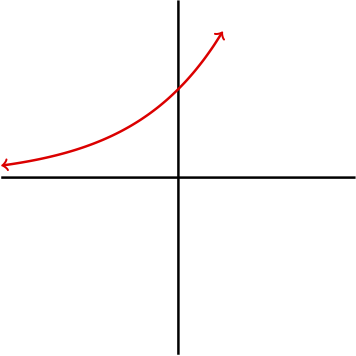



Mfg Applications Of The Logarithm
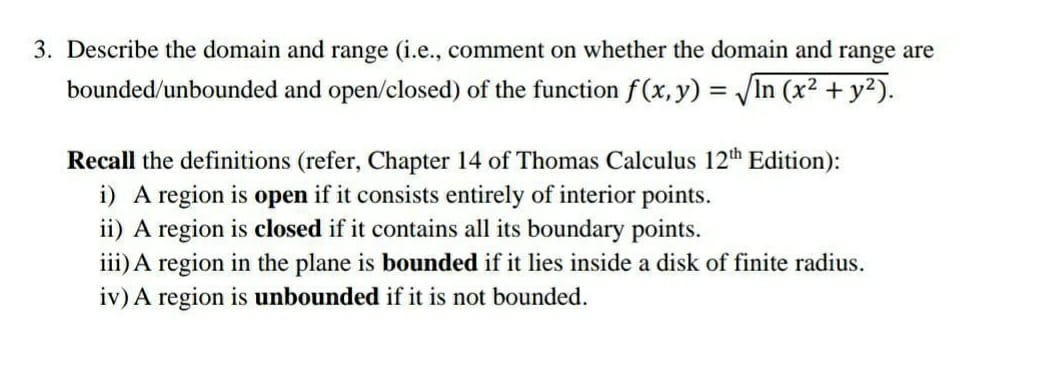



Answered Describe The Domain And Range I E Bartleby
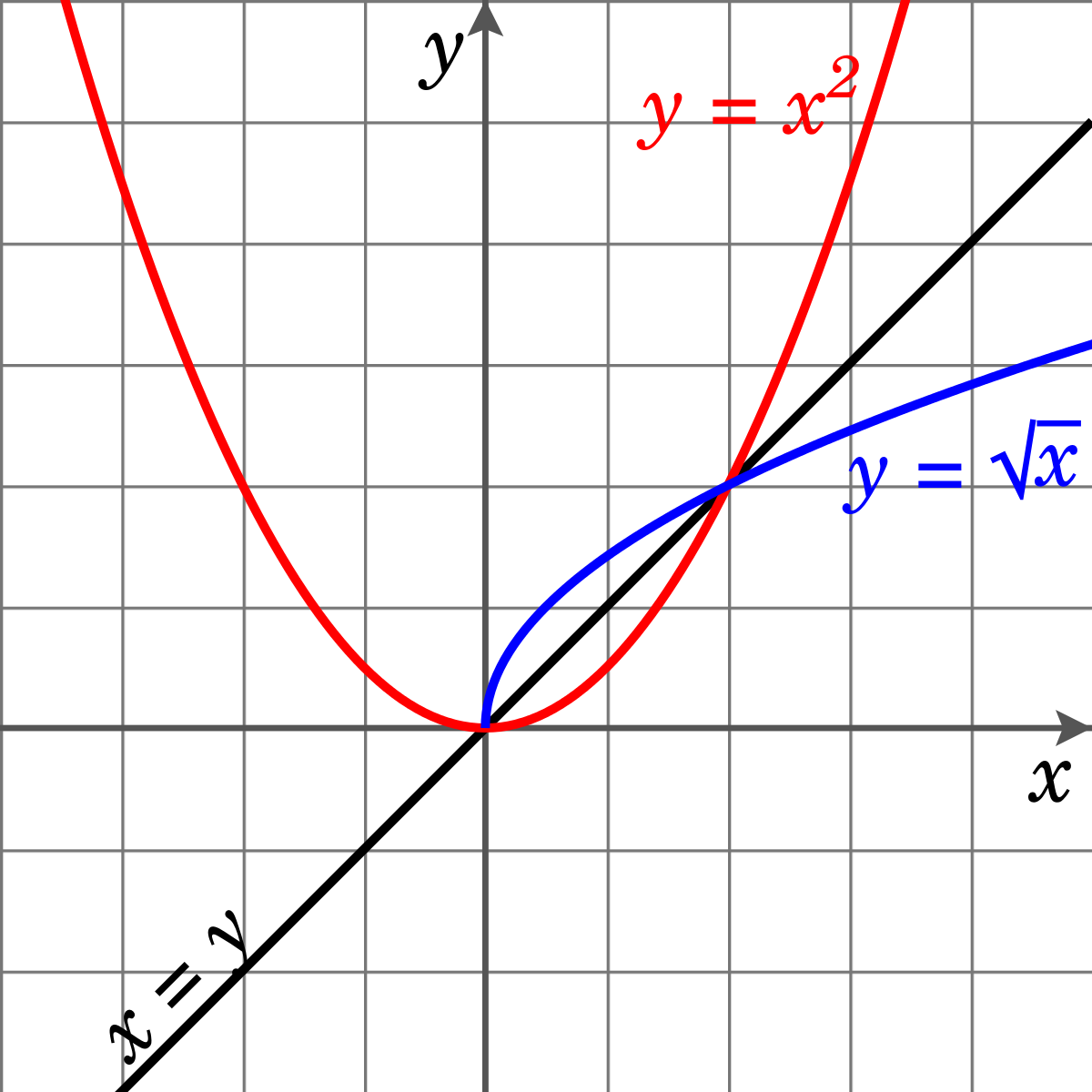



Restriction Mathematics Wikipedia




Functions Composite Ppt Download
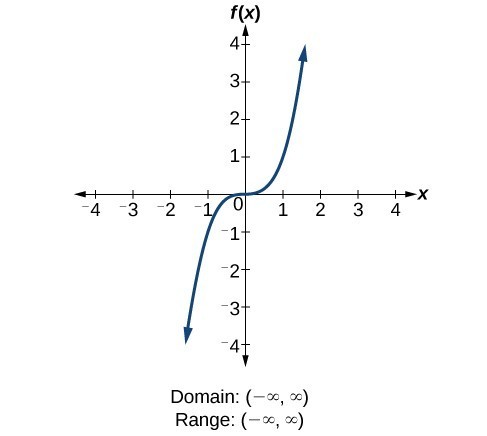



Determine Domain And Range From A Graph College Algebra



0 件のコメント:
コメントを投稿